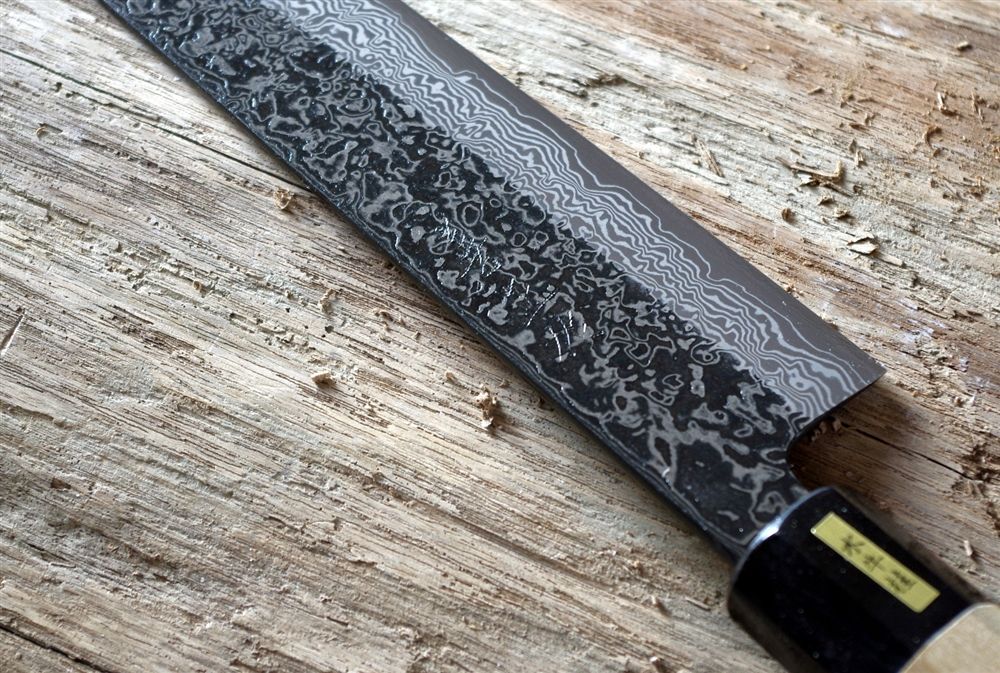- Joined
- Apr 14, 2011
- Messages
- 2,081
- Reaction score
- 496
I sold my Takeda gyuto on this forum basically because I didn't like that dead flat edge. Not sure now when I bought it but it was several years ago at the Atlanta Blade directly from Takeda. By the way, that knife went missing between me and another forum member in the USPS system. So if you see one cheap at a flea market or something-----








